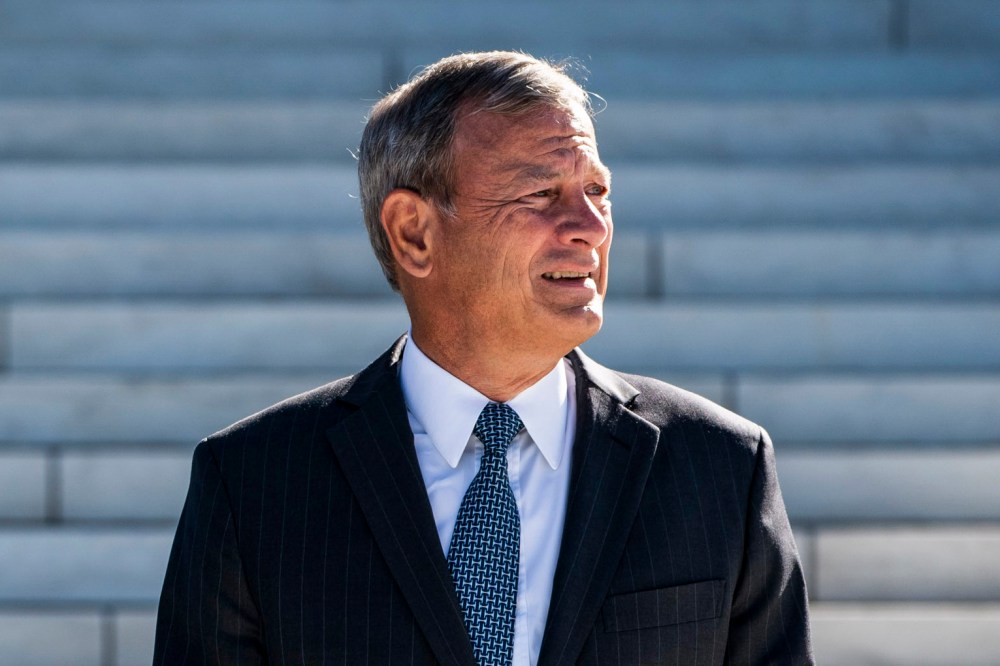The announcement Monday that the U.S. Supreme Court, for the first time ever, has adopted a code of conduct comes after months, if not years, of criticism of the court. The announcement shows that public pressure matters. But the fact that the code has no enforcement mechanism demonstrates that, at least for now, public pressure pushed the justices only so far.
The fact that the code has no enforcement mechanism demonstrates that, at least for now, public pressure pushed the justices only so far.
To be sure, the court wouldn’t have adopted this code were it not for the drip, drip, drip of ethics scandals facing current members, Justice Clarence Thomas especially. As ProPublica reported, Republican megadonor Harlan Crow funded Thomas’ luxurious trips, tuition for his great-nephew and the purchase of Thomas’ mother’s house. Somewhat similarly, ProPublica reported that hedge fund billionaire Paul Singer helped fund a 2008 trip Justice Samuel Alito took to Alaska. A 2014 case, which Alito took part in, involved a dispute Singer’s hedge fund had with Argentina. And just this year, The Associated Press reported that Justice Sonia Sotomayor’s court staff essentially strong-armed schools and libraries into purchasing her book.
Let’s also be clear that the court didn’t want to do this. In a 158-word “statement of the court” that precedes its new code, the tone the court adopts right off the bat is that really this is all our fault. It’s our fault, the statement suggests, for being so confused as to think that because they’re the only nine federal judges in the country not subject to a binding code of conduct, some act as if they’re not subject to a binding code of conduct. That “statement of the court” is really just a defensive introduction to what follows. Within that 158-word section, the word “misunderstanding,” meaning our so-called misunderstanding, appears twice.
It is our fault, the statement says, for having the “misunderstanding” that Supreme Court justices “regard themselves as unrestricted by any ethics rules.” This appears to be a bit of a straw man. Because the justices were not, in fact, restricted by the same ethics rules as other federal judges. What the justices are really trying to argue is that it’s our fault for thinking they act like they’re not subject to a binding code of ethics. But here, again, reality gets in the way. The reality is that the justices have accepted, and at times have failed to disclose, gifts from donors, including at least one with business before the court. If the code of conduct applied to the justices, this behavior would raise serious concerns.
The court also went to pains to tell us that while we, the public, forced it into doing this, “for the most part these rules and principles are not new.” According to the court, it has always been guided by “the equivalent of common law ethics rules,” the code of conduct that applies to every other federal judge in this country, ethics advisory opinions and “historic practice.” In case we missed it the first time, the court then reminds us that the code is “largely” just a “codification of principles that we have long regarded as governing our conduct.”













